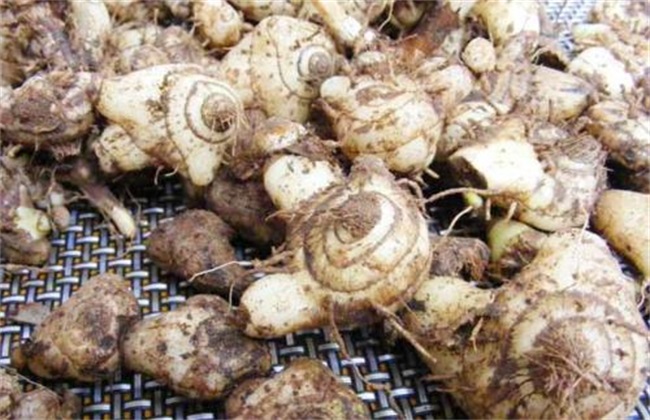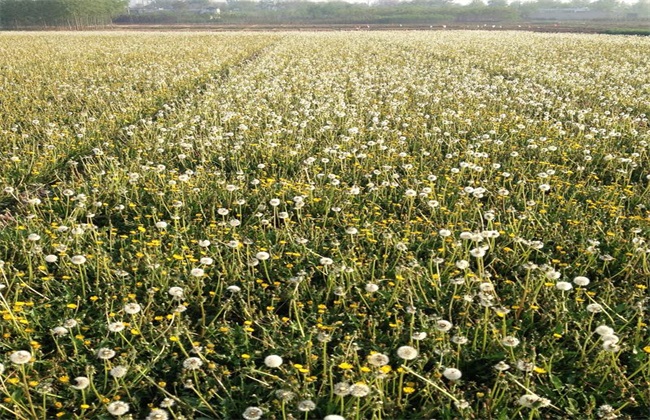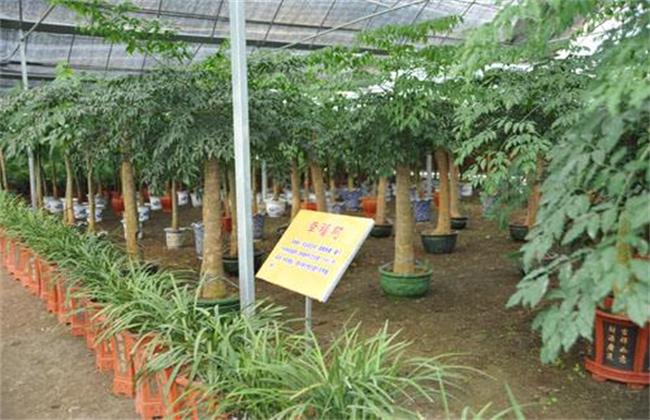High-yield cultivation techniques of Bletilla striata
Bletilla striata is a kind of orchid plant rhizome, is an important medicinal plant, in traditional Chinese medicine can treat a variety of diseases. Therefore, artificial cultivation is common, in many cultivation processes, but also accumulated a lot of cultivation experience. The next step is to introduce to you the process of planting Bletilla striata and the details to be paid attention to as well as the specific techniques of cultivation management.

1. Planting land
The wild environment of Bletilla striata is between the forests in the mountains, so it is generally a shady environment, which is not exposed to strong light, the soil under the forest is not irradiated, and the roots conserve water, so it is more resistant to moisture, to grow in a moist environment, leaves fall all the year round, accumulate and rot, and form a rare humus soil with rich nutrients, so fertile land is needed. But there can be no water, no light.
2. Prepare the facilities
Land planting, generally flat land planting, there are no natural forests, so be prepared to build some sunshade facilities to create a scattered light environment. Drip irrigation or infiltration irrigation facilities should be installed in the planting area, mainly for irrigation and moisture retention in the planting area in the future. Growing well.
3. Planting method
Mainly rely on the previous alternative bulbs to plant, clean up before planting, and then soak the roots with rooting powder, do not soak the bulbs. Then dig trenches and plant them in rows and rows directly. After planting, the roots cover the soil, spread out, plant balls and cover the soil shallowly, leaving half of them on the soil surface. After planting, it can be covered with some rotten sawdust to moisturize. Just water it.
4. Temperature and moisture
Keep cool ambient temperature, not hot, not cold, about 18 to 20 degrees is best, no more than 25 degrees, can also grow, more than will have some effects, mainly suitable for planting in temperate zones. Requires a moist soil environment, but can not accumulate water, generally maintain 60% of the soil water content, to ensure that the surface soil is moist.
5. Disease and pest control
The main disease, Botrytis cinerea, mainly harms the leaves after the onset of the disease, and should be sprayed in time after the diseased leaves are removed at the initial stage of the disease. 50% carbendazim 500-fold solution spray can be used for mild disease, and 65% Dysen zinc powder 500-fold solution can be used for serious disease. The main pest is grub, which mainly bites on roots and can be killed artificially or trapped. It can be irrigated with 90% trichlorfon.
The main purpose of Bletilla striata cultivation is to do a good job of planting and cultivation management, mainly to create a suitable growth environment and then to maintain the growth environment, and Bletilla striata grows well.
Related
- Fuxing push coffee new agricultural production and marketing class: lack of small-scale processing plants
- Jujube rice field leisure farm deep ploughing Yilan for five years to create a space for organic food and play
- Nongyu Farm-A trial of organic papaya for brave women with advanced technology
- Four points for attention in the prevention and control of diseases and insect pests of edible fungi
- How to add nutrient solution to Edible Fungi
- Is there any good way to control edible fungus mites?
- Open Inoculation Technology of Edible Fungi
- Is there any clever way to use fertilizer for edible fungus in winter?
- What agents are used to kill the pathogens of edible fungi in the mushroom shed?
- Rapid drying of Edible Fungi



